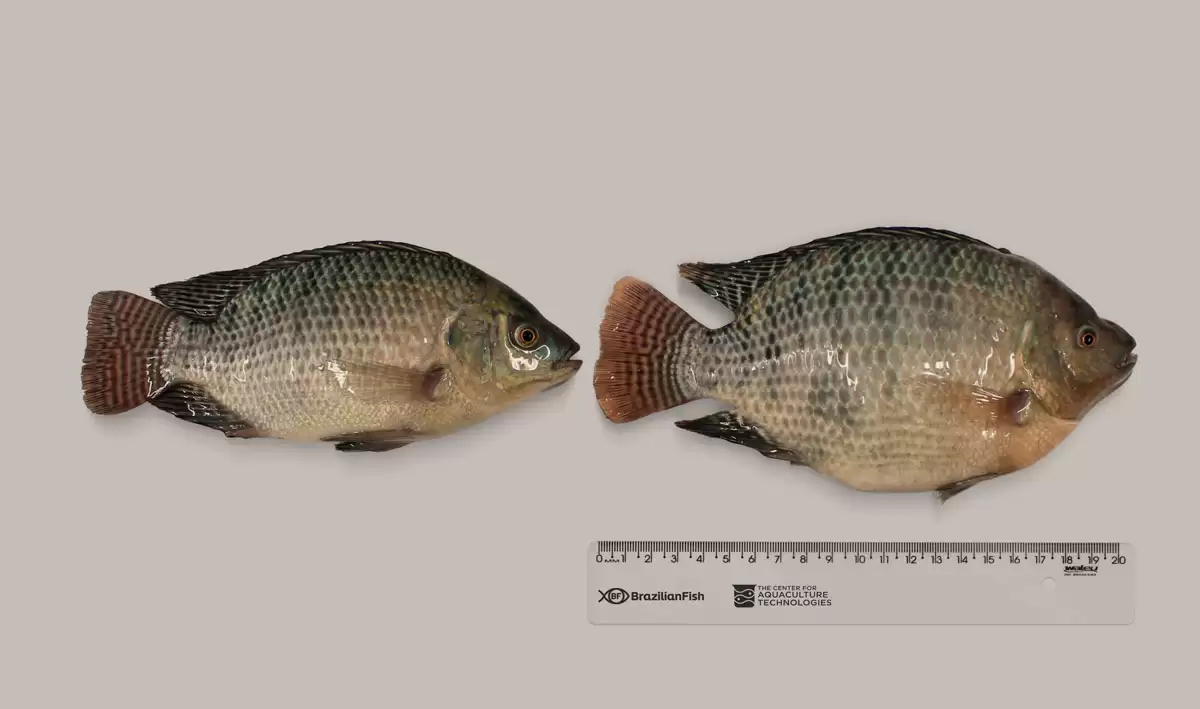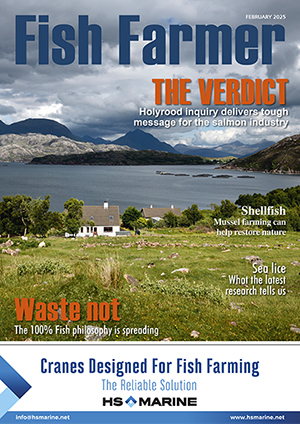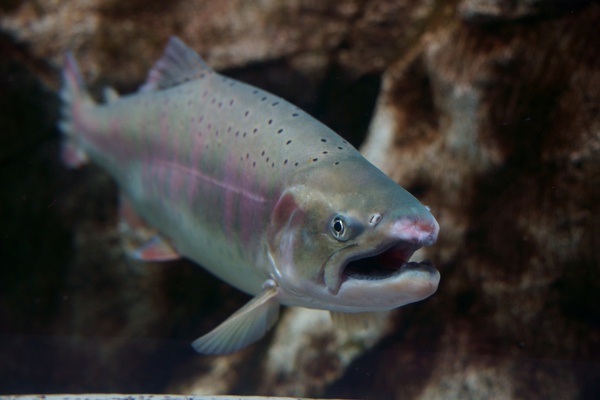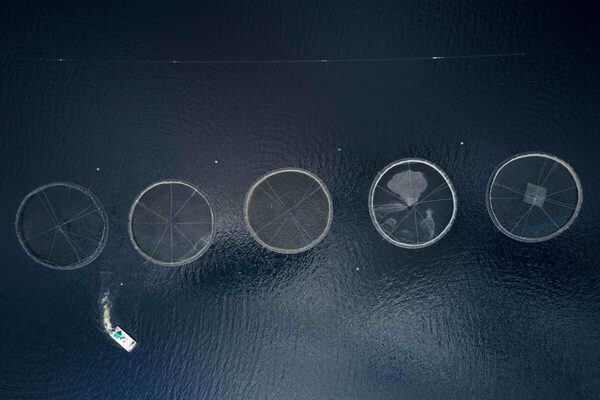Tilapia producer enters gene editing partnership
Brazilian Fish has set out its plans to use the latest genetic technology to improve its tilapia, with the help of US specialist the Center for Aquaculture Technologies (CAT).
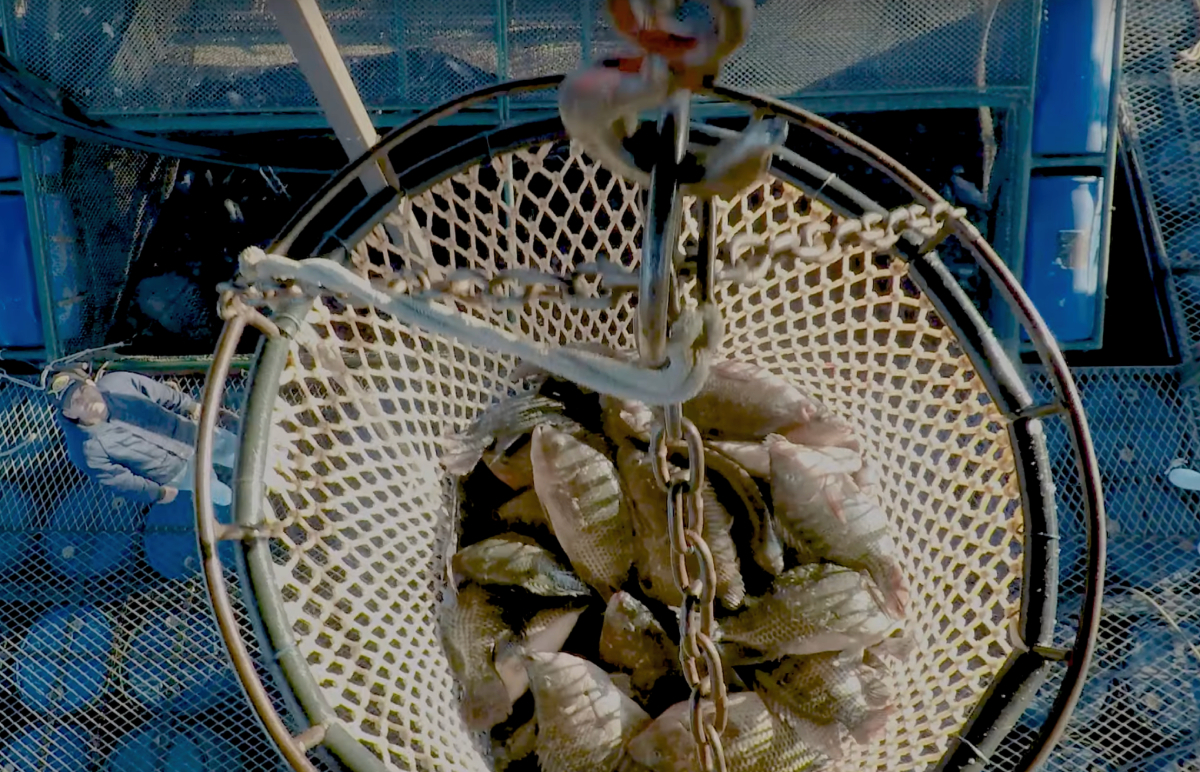
The company said the move would be “…setting a new standard for innovation and disruptive solutions that will transform the tilapia market, enhance productivity, and deliver benefits to consumers.”
Similar to selective breeding which yields stronger genetic variations over time, genome editing – also known as gene editing – precisely targets and accelerates genetic changes that would naturally occur.
Brazilian Fish is the third largest tilapia producer in the country, and exports to Japan, Taiwan and the USA. The company’s strategic partnership with CAT will focus on performing genome editing on specific genetic regions of interest in Nile tilapia.
CAT is one of the sector’s leading pioneers of genetic innovation and through extensive testing of genome editing across various aquatic species, CAT has achieved significant improvements in key traits. The goal of this partnership is to enhance production performance and increase fillet yield.
Brazilian Fish said: “This advanced breeding technology allows the progress of a normal breeding program over 20 years to be completed in as little as a single year, contributing to the efficiency and competitiveness of national aquaculture in Brazil. For the industry, genome editing offers a real opportunity to drive innovation while supporting environmental stewardship.”
Genome editing is distinct from genetic modification (GM) which can involve splicing genes together from completely different organisms.
Brazilian Fish said: “Instead of taking many years in a breeding program, this beneficial variation can now be introduced in a single generation.”
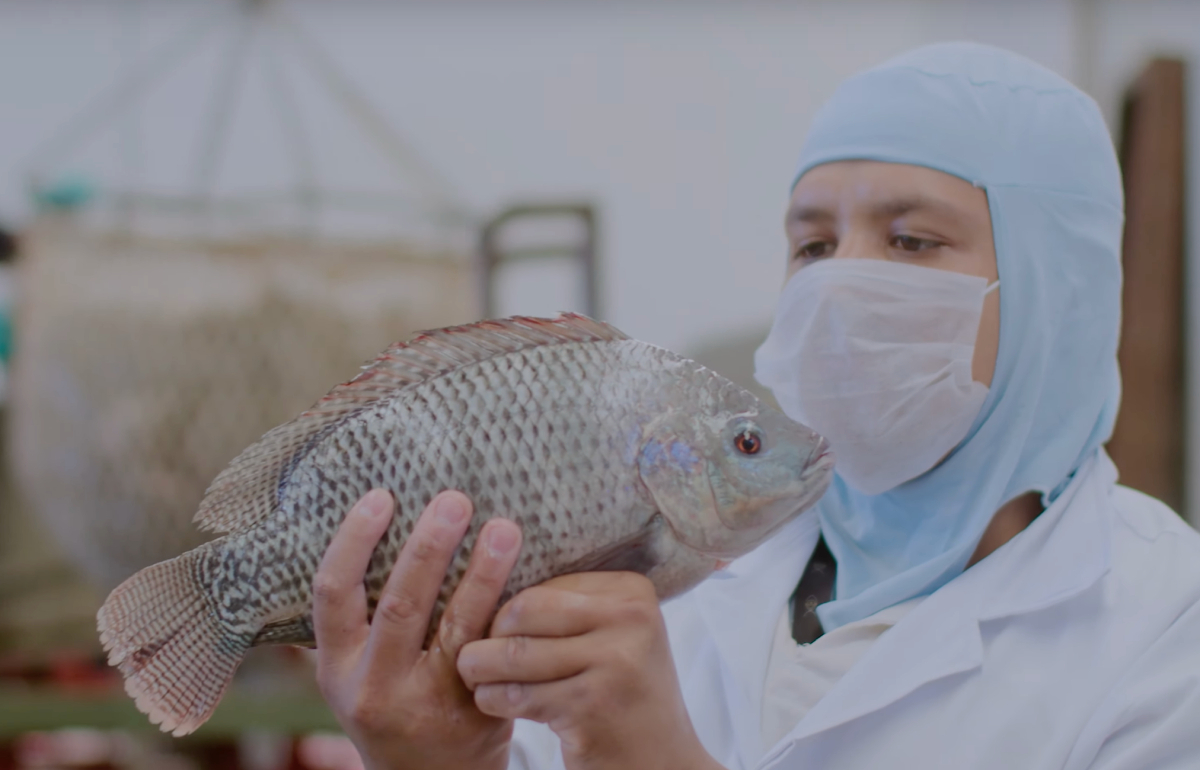
Dr John Buchanan, CEO of CAT, said, "This achievement underscores the transformative potential of genome editing in advancing the industry, offering sustainable and responsible solutions to meet the growing global food demand. We are thrilled to celebrate this milestone with the team at Brazilian Fish. The dedication and hard work from both sides has been exceptional.”
Explaining one of the key opportunity genome editing holds for the industry, Dr Buchanan added: “Improving feed efficiency is crucial because it directly impacts the sustainability and profitability of aquaculture operations. It refers to how effectively fish can convert feed into body mass, meaning less feed is required to achieve the desired growth. Improved feed efficiency benefits the environment by reducing the overall amount of feed needed, which lowers the demand for raw materials and reduces waste - genome editing delivers this opportunity.”
Ramon Amaral, CEO of Brazilian Fish, said the announcement was the culmination of two years’ work to develop tilapias using advanced breeding methods.
He went on: “CAT scientists, working with our research and development team here at Brazilian Fish, conducted reproduction trials and produced fertilized eggs that will help create genetic improvements for better growth, yield, and feed efficiency. After two years of planning and research, the first animals were successfully produced. These fish are now carefully separated and ready for performance and genomic evaluations. These improved lines will benefit from further enhancement as part of the ongoing Brazilian Fish selective breeding program.”
